Most industries rely on environmental test chambers to assess the quality and reliability of products in a multitude of environments. Industries that typically use these environmental test chambers include: automotive, engineering, construction, medical, pharmaceutical, food processing, packaging and consumer. Read More…
Russells Technical Products has been designing and manufacturing environmental test chambers since 1972. With over 150 years of combined management experience, our company provides its customers with quality environmental test systems and advanced manufacturing techniques. Russells offers a variety of standard and custom designed chambers to meet your exact specifications.
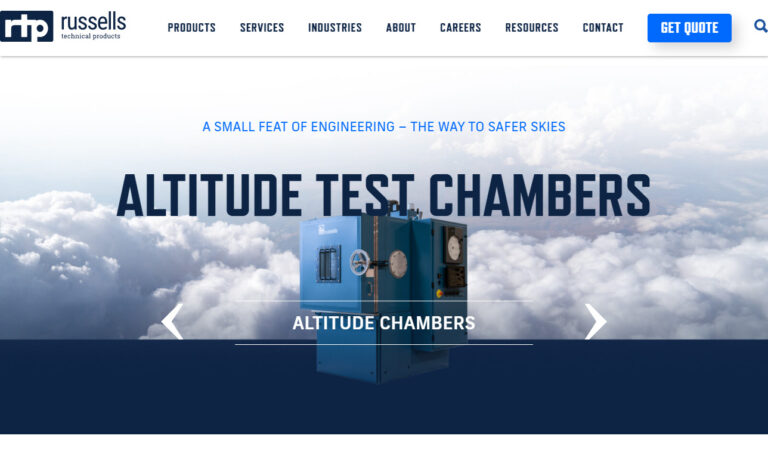
We are leading environmental test chamber brand with over 78 years of experience designing environmental testing solutions. Over the years we have developed products for ease-of-use, reliability and performance designed to meet our customer’s testing needs and improve the safety and reliability of their products.
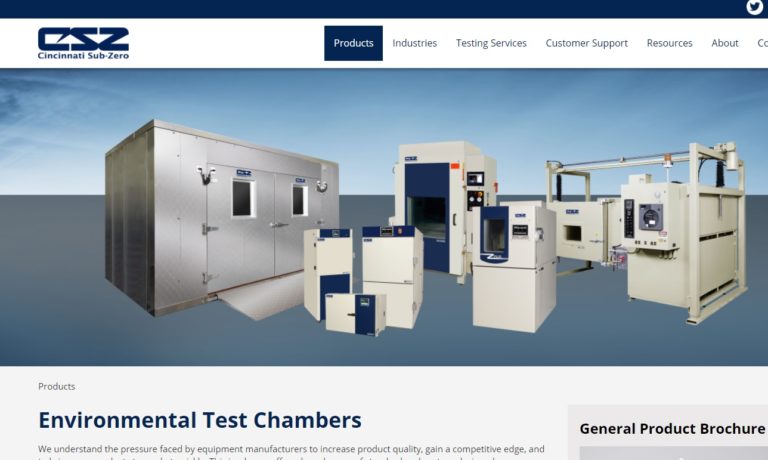
A pioneer since 1962, Thermotron has been building the most recognizable environmental test equipment in the industry. Every chamber and shaker sold is handcrafted in West Michigan and comes with an intuitive controller. From automotive and defense, to electronics and medical industries, Thermotron has helped companies small and large create more reliable products. When you need to know whether...
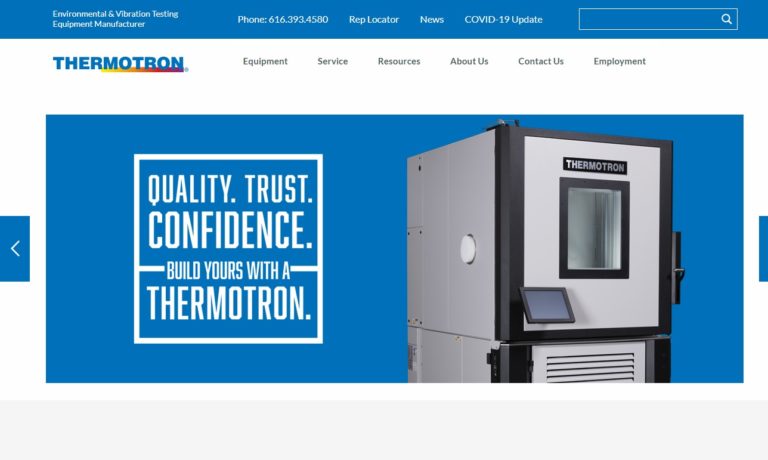
As a leader in the test chamber industry we believe our systems are ideal for your company. We manufacture models that come standard with many useful features for testing applications. We believe that our advanced technologies are essential to the reliability of our products and our quality customer service is perfect for your needs. Feel free to visit our website or give us a call to learn more!
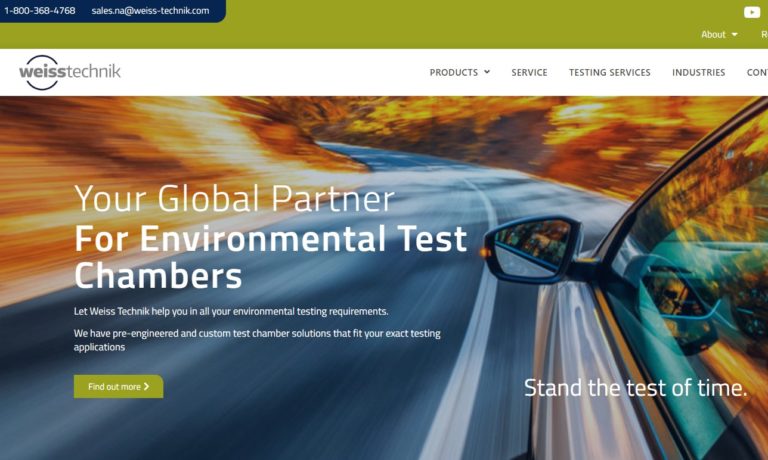
Hastest Solutions designs, manufactures and provides solutions for all environmental testing needs. For the full range of environmental test chambers, including HAST, temp/humidity, salt fog, solar radiation, high temp ovens, autoclave, temperature cycling, sand and dust testing, rain, triple zone chambers, including custom sized chambers, please contact us.

Isotech specializes in state-of-the-art environmental test chambers. With our standard and custom test chambers we strive to offer our clients products that are specifically designed to fit their needs. Isotech offers technical specifications like copper screen enclosures, RF signals, and USC-26 and USC-44 series panels.
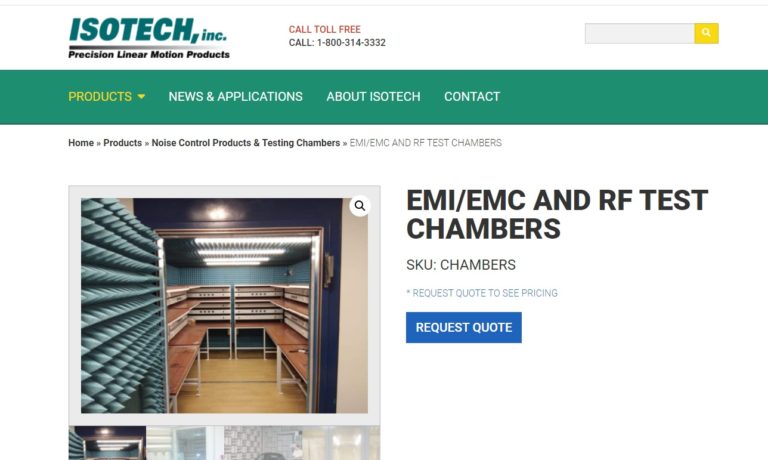
More Test Chamber Manufacturers
Test chambers play a crucial role in various industries, providing controlled environments for testing and experimentation. These chambers simulate specific conditions, allowing researchers and engineers to assess the performance, reliability, and durability of products. In this article, we will delve into the world of test chambers, discussing their applications, types, regulations, limitations, and future prospects.
Creation of Test Chambers
They design test chambers with precision to satisfy exact testing needs, crafting controlled environments for experimentation. We consider crucial factors like chamber dimensions, temperature ranges, humidity control, and accurate instrumentation. Specialized components and materials are employed to guarantee that the chambers uphold consistent and accurate conditions. Insulated walls and doors are used to minimize heat transfer and stabilize temperatures. They integrate high-quality sensors and control systems to monitor and adjust temperature, humidity, pressure, and other parameters. Additionally, air circulation systems may be included to ensure uniform condition distribution. They can also integrate safety features like emergency shut-off systems and alarms to keep users protected. Regular calibration and maintenance are crucial for maintaining the integrity and accuracy of the test chambers, as even minor deviations can affect test results. Through careful design and manufacturing, they aim to deliver reliable and adaptable tools that serve a broad spectrum of industries and testing needs.
Types of Test Chambers
To meet the diverse testing needs across industries, we require various test chambers, including environmental, climatic, thermal, and vacuum chambers. Each type is designed to simulate specific conditions and parameters, enabling researchers, engineers, and manufacturers to assess products in scenarios that mimic real-world environments.
Environmental test chambers are essential for evaluating how products perform and hold up under harsh conditions like extreme temperatures, humidity, and vibrations. These chambers allow industries such as electronics, automotive, and aerospace to replicate and analyze the impact of diverse environmental factors on their products.
Climatic test chambers, by contrast, are engineered to mimic specific environmental conditions such as temperature, humidity, and altitude. These chambers are crucial for evaluating products meant for diverse global regions, as they help confirm the performance and durability of items across varying climates.
Thermal test chambers are crafted to assess the thermal properties of materials and products. They recreate rapid temperature shifts, thermal shock, and consistent temperature conditions. Industries like electronics and semiconductors depend on these chambers to examine heat dissipation, thermal cycling, and performance across various temperature environments.
Vacuum test chambers generate low-pressure or vacuum environments to test components, equipment, and materials. By simulating conditions found in space or high-altitude settings, these chambers help industries such as aerospace, automotive, and scientific research analyze how products perform under reduced atmospheric pressure.
Every type of test chamber has its own specific function, enabling industries to assess their products’ performance, reliability, and durability under various conditions. These specialized environments are essential for verifying that products meet necessary standards and function effectively in real-world situations.
Regulations and Oversight
The development and operation of test chambers are regulated to ensure safety, precision, and adherence to industry standards. In the United States, various laws, organizations, and agencies oversee the manufacturing and use of these test chambers.
One notable organization is the National Institute of Standards and Technology (NIST). NIST sets guidelines, standards, and certifications for test chambers to guarantee their precision and dependability. They provide calibration services and work with manufacturers to define best practices for chamber design, operation, and upkeep.
Another important organization is the American National Standards Institute (ANSI). ANSI creates consensus-based standards across various industries, including those for test chambers. These standards address crucial elements like safety, performance, and environmental factors.
Moreover, agencies such as the Occupational Safety and Health Administration (OSHA) and the Environmental Protection Agency (EPA) often set specific regulations or guidelines for the safe use and environmental management of test chambers. These rules are designed to safeguard workers, ensure the proper handling of hazardous materials, and reduce environmental impact.
In addition, test chamber manufacturers frequently adhere to international standards like ISO 17025 for calibration and ISO 9001 for quality management systems. These standards establish a framework to guarantee the accuracy, reliability, and consistency of test chamber operations.
Manufacturers and users of test chambers must remain up-to-date with relevant regulations, standards, and guidelines to ensure compliance and uphold the safety and quality of testing processes. By following these rules and collaborating with oversight organizations, they help ensure the overall reliability and integrity of testing outcomes.
Test Chamber Validation
Testing the validation of a test chamber is essential for confirming its accuracy, reliability, and performance. This process ensures that the chamber consistently maintains the desired environmental conditions within specified tolerances. It involves a comprehensive series of tests, verifications, and documentation to prove that the chamber meets its intended purpose and adheres to established standards and requirements.
The validation process typically includes the following steps:
Design Qualification (DQ)
They start by examining the design and specifications of the test chamber to confirm they align with the intended use and performance criteria. This process involves checking factors like temperature range, humidity control, stability, and uniformity.
Installation Qualification (IQ)
IQ ensures that the test chamber is set up accurately according to the manufacturer’s specifications and regulatory standards. This involves checking electrical connections, environmental conditions, safety features, and calibration certificates.
Operational Qualification (OQ)
OQ entails a thorough series of tests to ensure the test chamber’s performance. We verify the precision of temperature and humidity sensors, examine the consistency of conditions within the chamber, and gauge the response time of the control system. Additionally, we evaluate the effectiveness of safety features, alarm systems, and emergency shut-off mechanisms.
Performance Qualification (PQ)
PQ marks the final stage in validating a test chamber, where we execute tests according to established protocols and acceptance criteria. These tests replicate the expected operating conditions to ensure that the chamber consistently delivers accurate and reliable results. PQ tests often cover aspects like temperature stability, humidity control, recovery times after door openings, and other relevant parameters.
During this process, thorough documentation is essential. This includes test plans, protocols, data collection, and analysis records. Meticulous record-keeping guarantees traceability, demonstrates compliance, and helps in spotting any deviations or issues.
Validating test chambers is crucial in industries where precision and dependability are paramount, like pharmaceuticals, aerospace, and automotive sectors. This process guarantees that the results from the chamber are accurate and can be confidently used to assess product performance, reliability, and adherence to standards and regulations.
Limitations Regarding Test Chambers
Test chambers provide valuable benefits but also come with several limitations. Firstly, the financial burden of purchasing, maintaining, and operating test chambers can be substantial, particularly for smaller organizations. Secondly, there are safety risks associated with mishandling or malfunctions, as test chambers often involve extreme temperatures, high pressures, or hazardous substances. Environmental concerns also arise due to the energy-intensive nature of these chambers, which can contribute to carbon emissions. Additionally, test chambers might not fully replicate real-world conditions and may be limited in size for certain products. Moreover, they can have restricted testing scopes and may require complementary real-world testing. It’s crucial for manufacturers and users to recognize these limitations, adopt safety protocols, consider sustainability, and thoroughly evaluate their specific needs to use test chambers effectively and responsibly.
Overcoming Limitations
Test chamber manufacturers are actively tackling the challenges faced by their products. To manage high costs, they’re experimenting with innovative designs and processes that boost efficiency and cut production expenses. They’re also prioritizing energy efficiency and sustainability by creating chambers with better insulation, energy-saving features, and advanced control systems to reduce energy use and environmental impact. Safety is being enhanced through robust features like fail-safe mechanisms, emergency shut-off systems, and thorough user training programs. Manufacturers are investing in R&D to refine the realism of test chambers, improving the accuracy of temperature, humidity, and other environmental parameters. They’re working closely with standards organizations and regulatory bodies to stay current with guidelines and ensure compliance with safety and quality standards. Additionally, they’re exploring new technologies such as automation, data analytics, and remote monitoring to streamline testing processes, boost reliability, and expand testing capabilities. By continually refining their designs, integrating safety measures, and embracing technological advancements, test chamber manufacturers are committed to overcoming limitations and improving the overall effectiveness and reliability of their solutions.
Benefits of Test Chambers
Test chambers deliver a range of benefits across different industries. They ensure product reliability and performance by exposing products to controlled and repeatable conditions, which allows us to thoroughly test for weaknesses, flaws, or potential failures before the products hit the market. This process enhances product quality and boosts customer satisfaction. Furthermore, test chambers speed up product development by facilitating rapid prototype testing and iterative design improvements. This reduction in time-to-market helps us stay competitive and meet consumer demands more effectively. Another advantage is the cost-effectiveness and risk reduction they offer. By identifying issues early in development, test chambers help avoid expensive recalls, repairs, and warranty claims, leading to substantial cost savings. They also ensure adherence to industry standards and regulations, confirming that products meet the necessary specifications. With a controlled and repeatable testing environment, test chambers allow for precise data collection and analysis, aiding in well-informed decision-making throughout product development and quality control. Their versatility extends across various industries, including electronics, automotive, pharmaceuticals, and renewable energy, showcasing their broad applicability and the extensive benefits they deliver to diverse sectors.
Applications of Test Chambers
Test chambers are widely used across various industries because of their adaptability and capability to create controlled environments. In the electronics sector, they assess the performance, reliability, and lifespan of components, circuit boards, and devices under different conditions. For the automotive and aerospace industries, test chambers are essential for testing the durability and functionality of parts and systems exposed to extreme temperatures, vibrations, and altitudes. In the pharmaceutical and medical device fields, they facilitate the evaluation of drug stability, shelf-life, and the reliability of medical devices under controlled temperature and humidity. In the food and beverage industry, test chambers simulate storage and transportation conditions to ensure the quality, safety, and shelf-life of perishable products. In the renewable energy sector, these chambers assess the performance, efficiency, and durability of solar panels, batteries, and energy storage systems. They are also invaluable in environmental studies, allowing for the simulation of climate change scenarios, the analysis of ecosystem impacts, and the examination of organism resilience. Additionally, the semiconductor industry relies on test chambers to evaluate the performance, reliability, and durability of semiconductor devices under controlled conditions, including temperature, humidity, and electrical parameters. In summary, test chambers play a crucial role across various industries, advancing product development, quality assurance, and research, and driving innovation and dependability.
Future Perspectives
The future of test chambers is brimming with exciting advancements. A key trend on the horizon is the integration of sophisticated data analytics and artificial intelligence (AI). AI algorithms will sift through extensive test data, uncovering patterns and offering insights to enhance predictions and optimize testing processes. Automation will also play a crucial role, with increased use of robotics for handling, sample manipulation, and refining test protocols. This would streamline testing procedures, boost efficiency, and cut down on human error. We can also expect significant advancements, such as the creation of test chambers capable of simulating complex and dynamic environments—think highly variable climates or realistic multi-physical interactions. Future test chambers might feature cutting-edge sensing technologies like nanosensors or IoT devices, providing real-time monitoring and feedback. Moreover, miniaturized and portable test chambers could broaden their accessibility and use across various environments and industries. With ongoing research and technological progress, the future of test chambers promises enhanced capabilities, greater automation, and improved efficiency, potentially transforming how products are tested and evaluated.
Choosing the Right Test Chamber Manufacturer
For the best results when buying a test chamber, compare different manufacturers using our directory. Each company listed has a detailed profile showcasing their expertise and capabilities, plus a contact form for inquiries or quotes. Our patented website previewer lets you swiftly see each company’s specialties. After reviewing, use our streamlined RFQ form to reach out to multiple manufacturers at once.

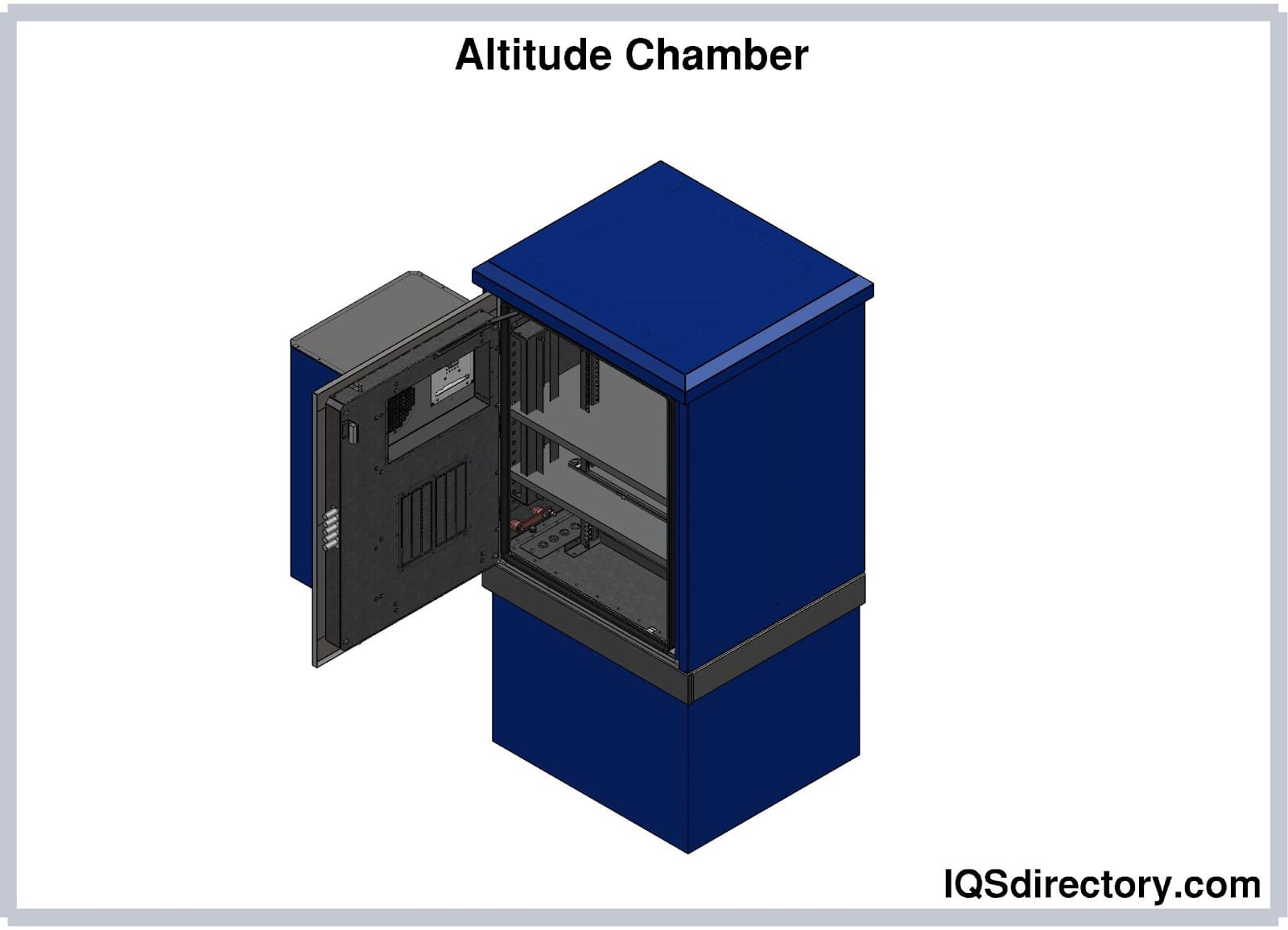
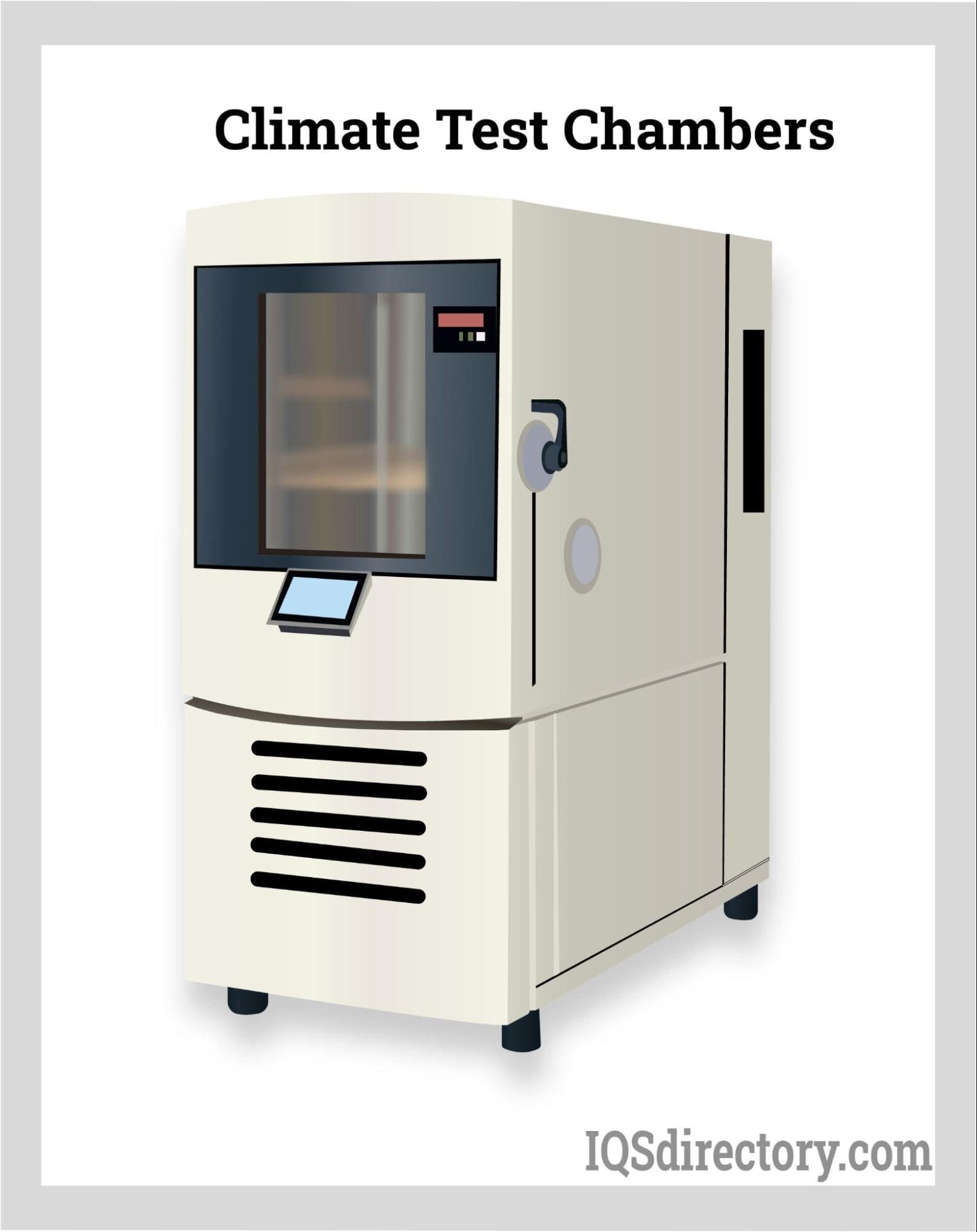
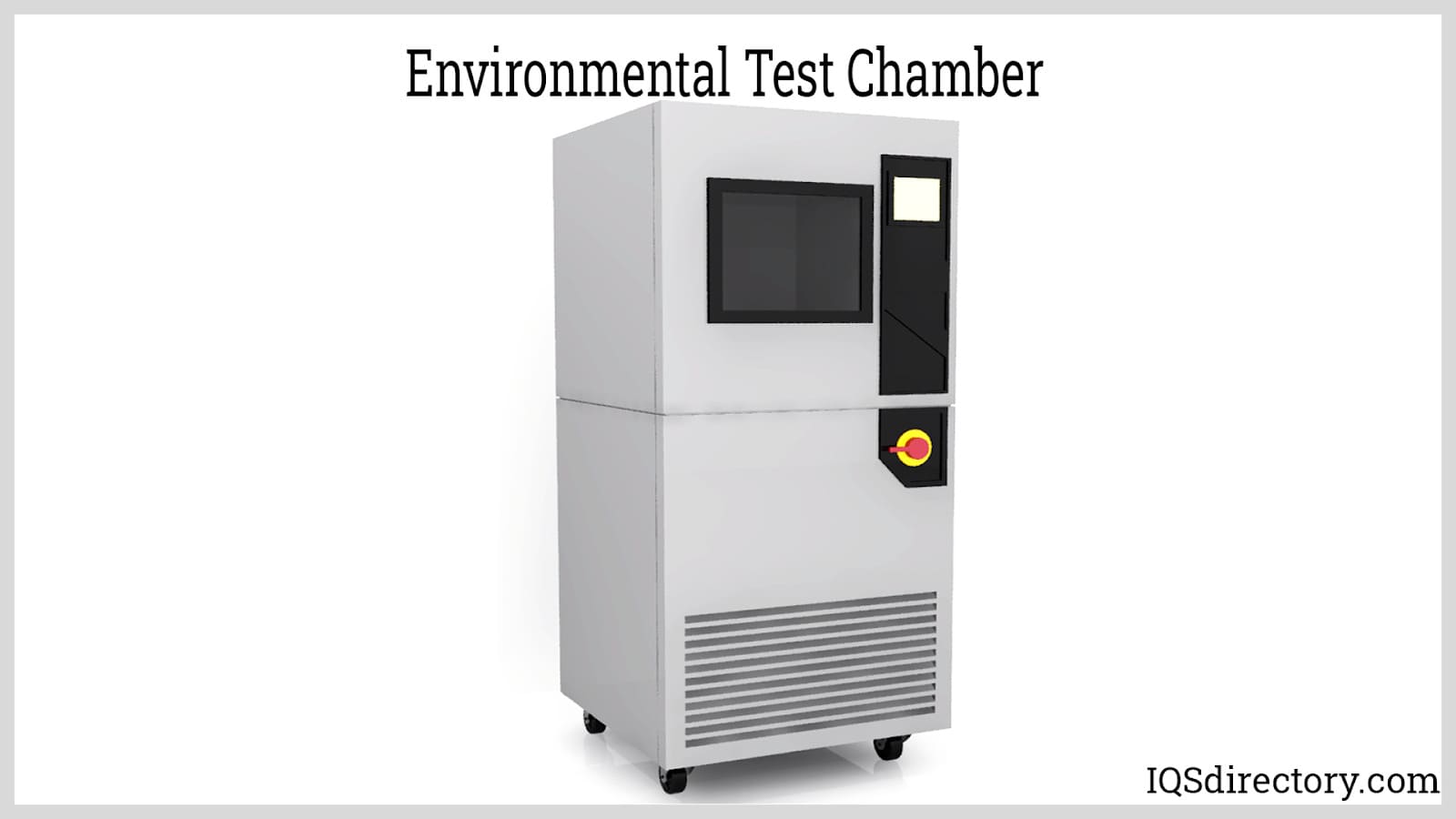
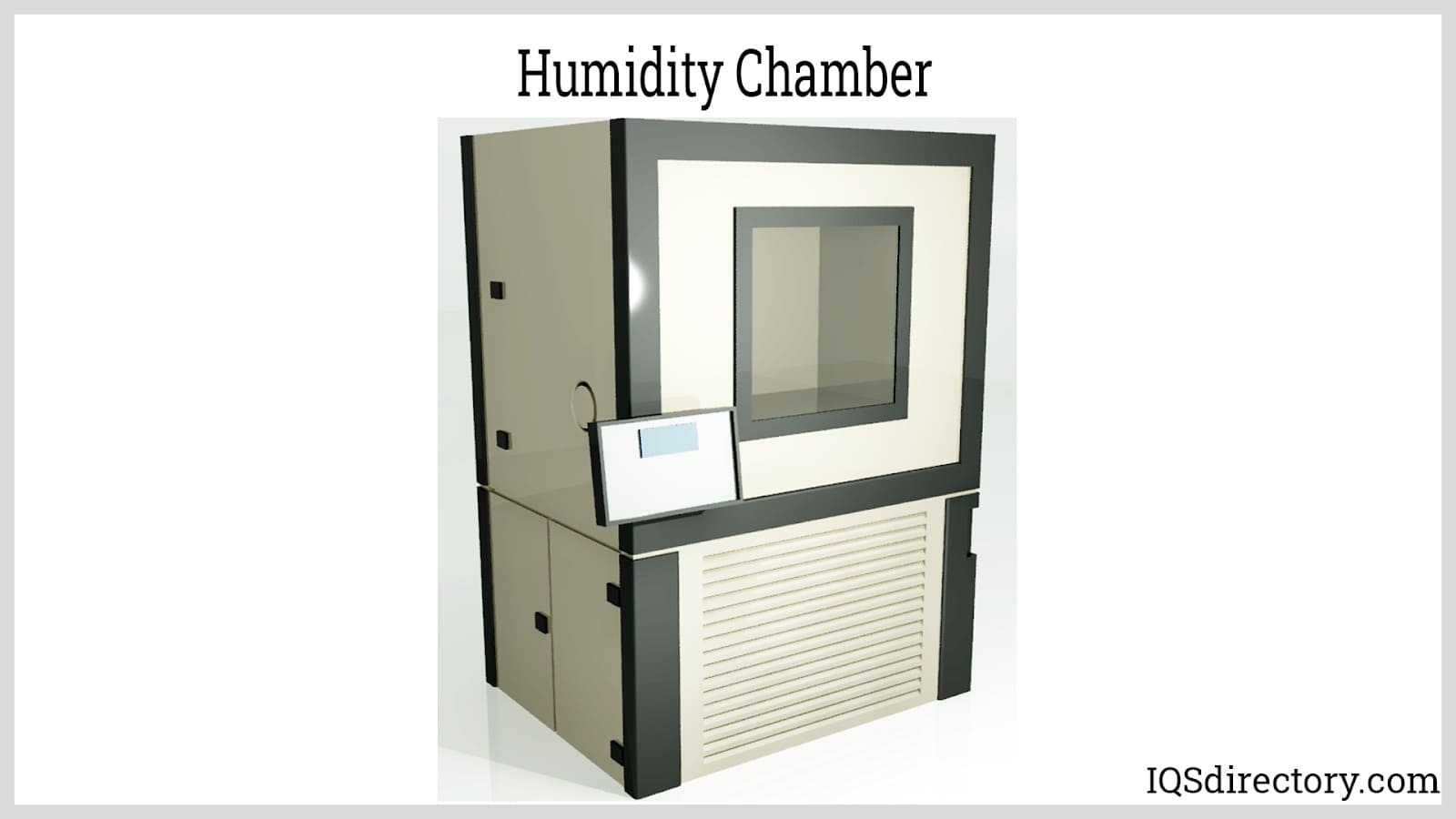
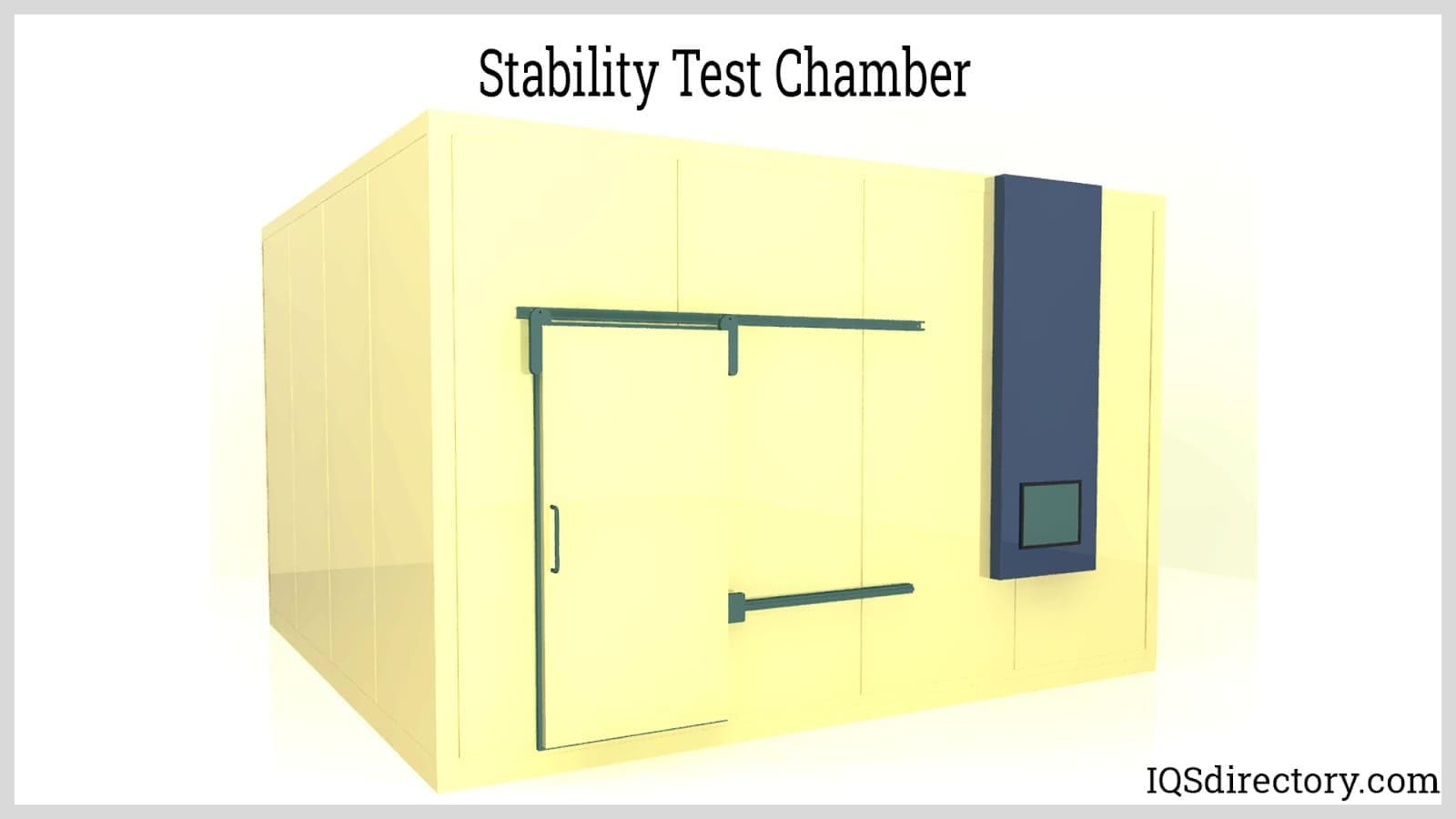
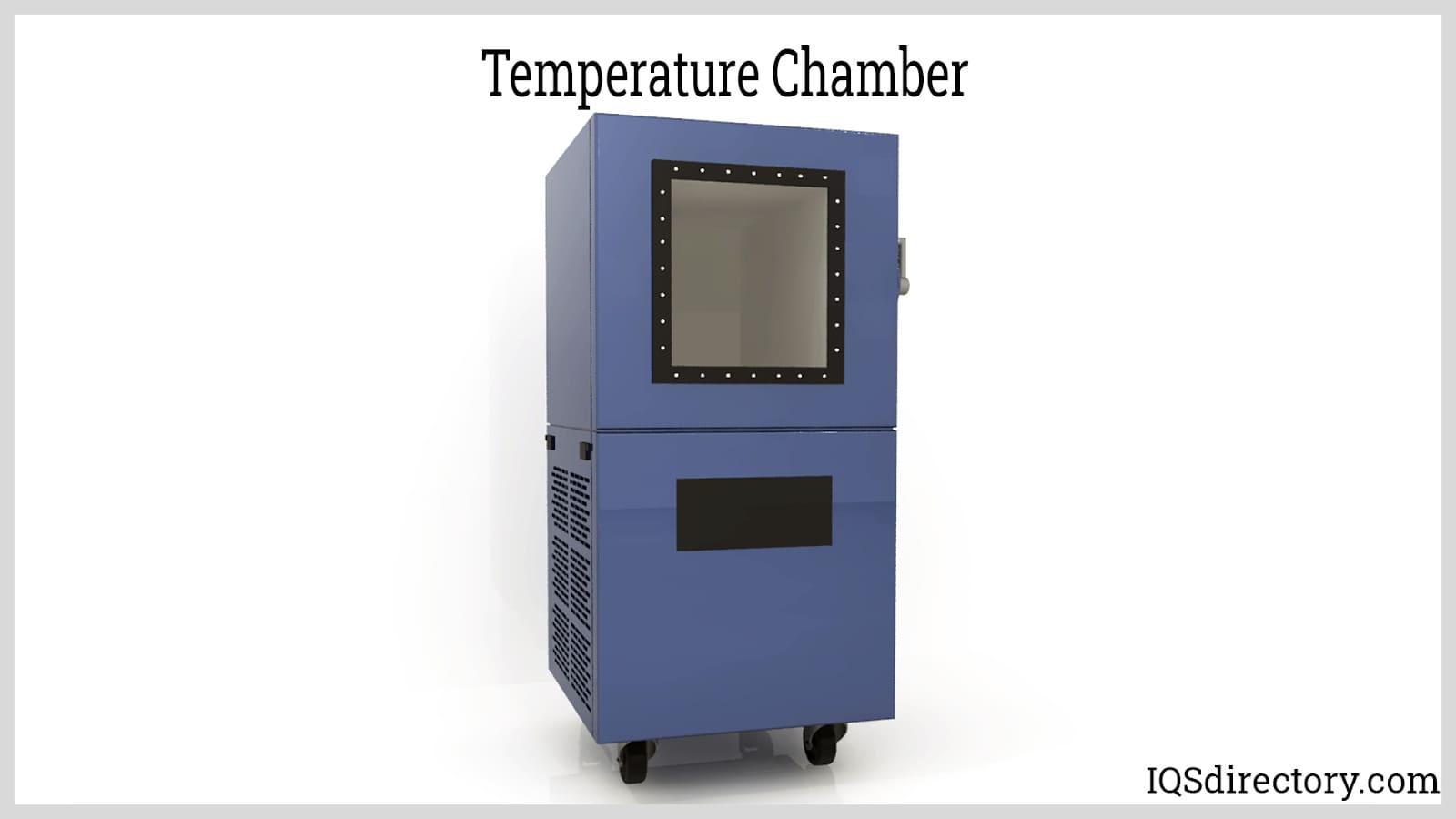
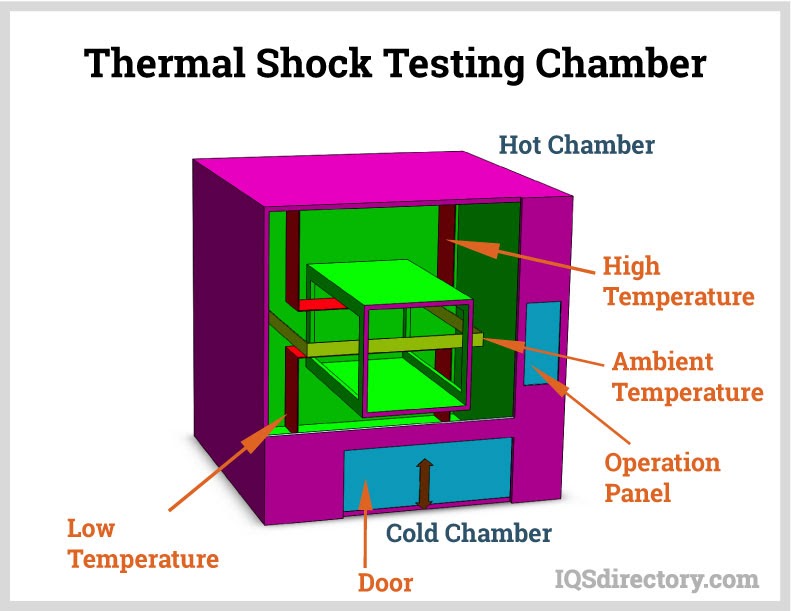
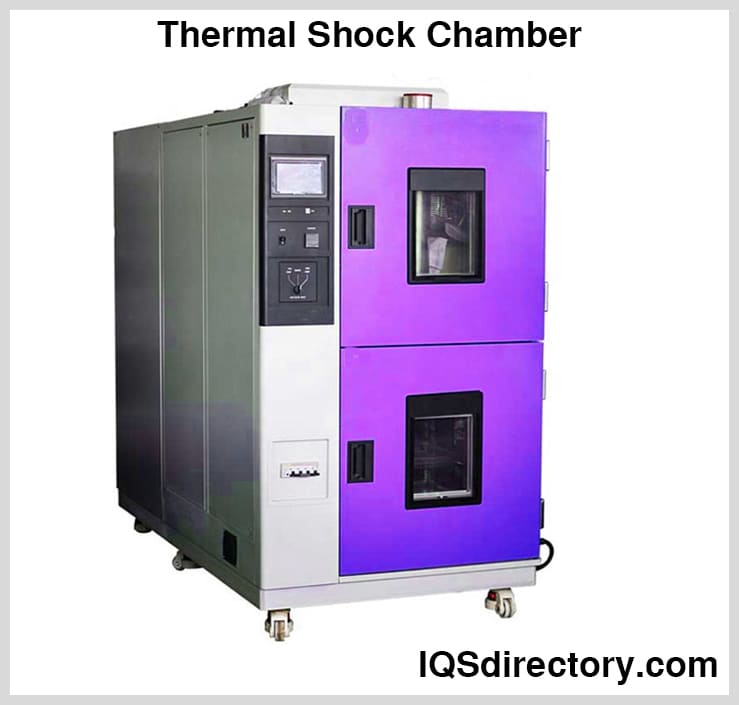
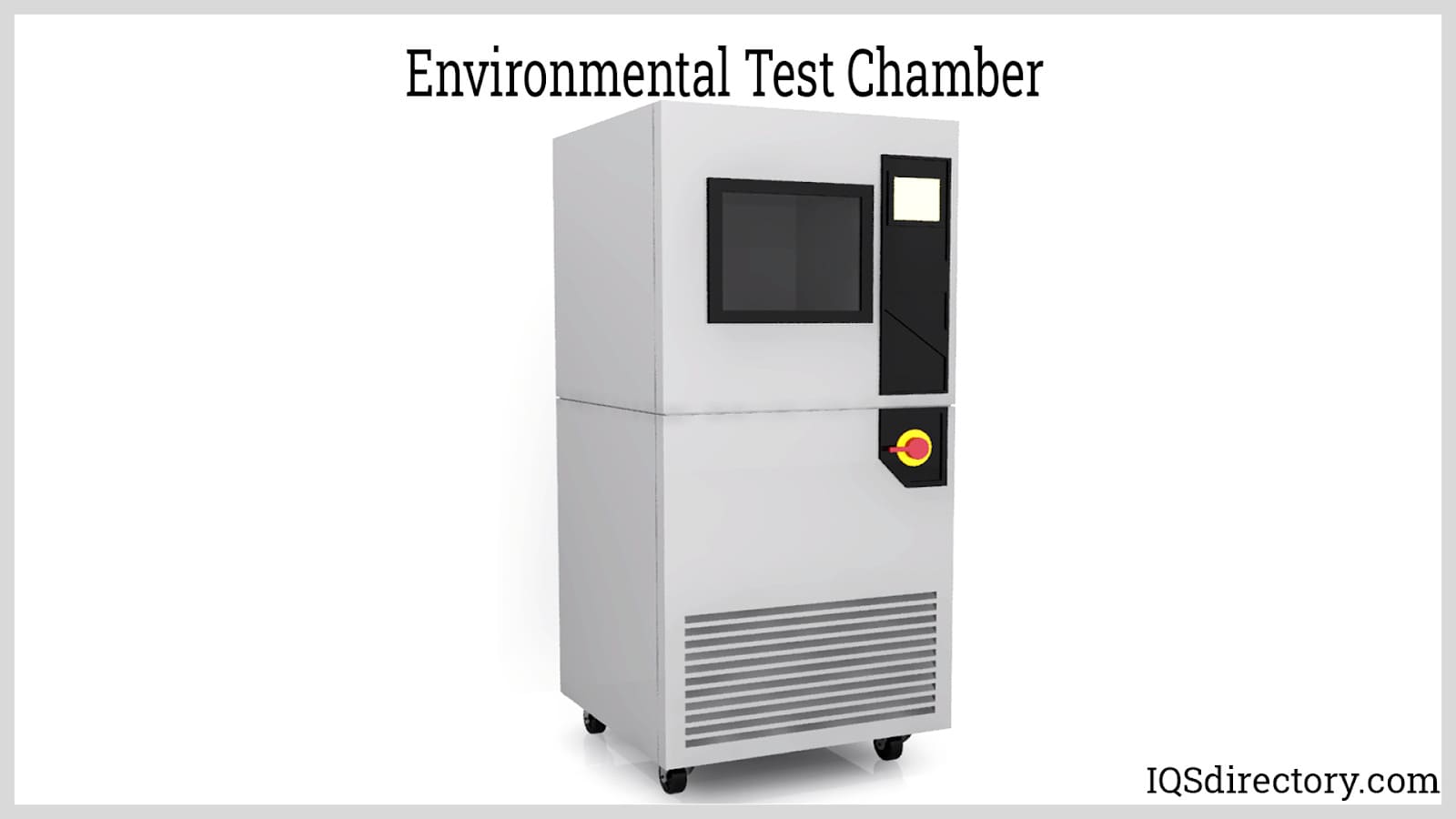
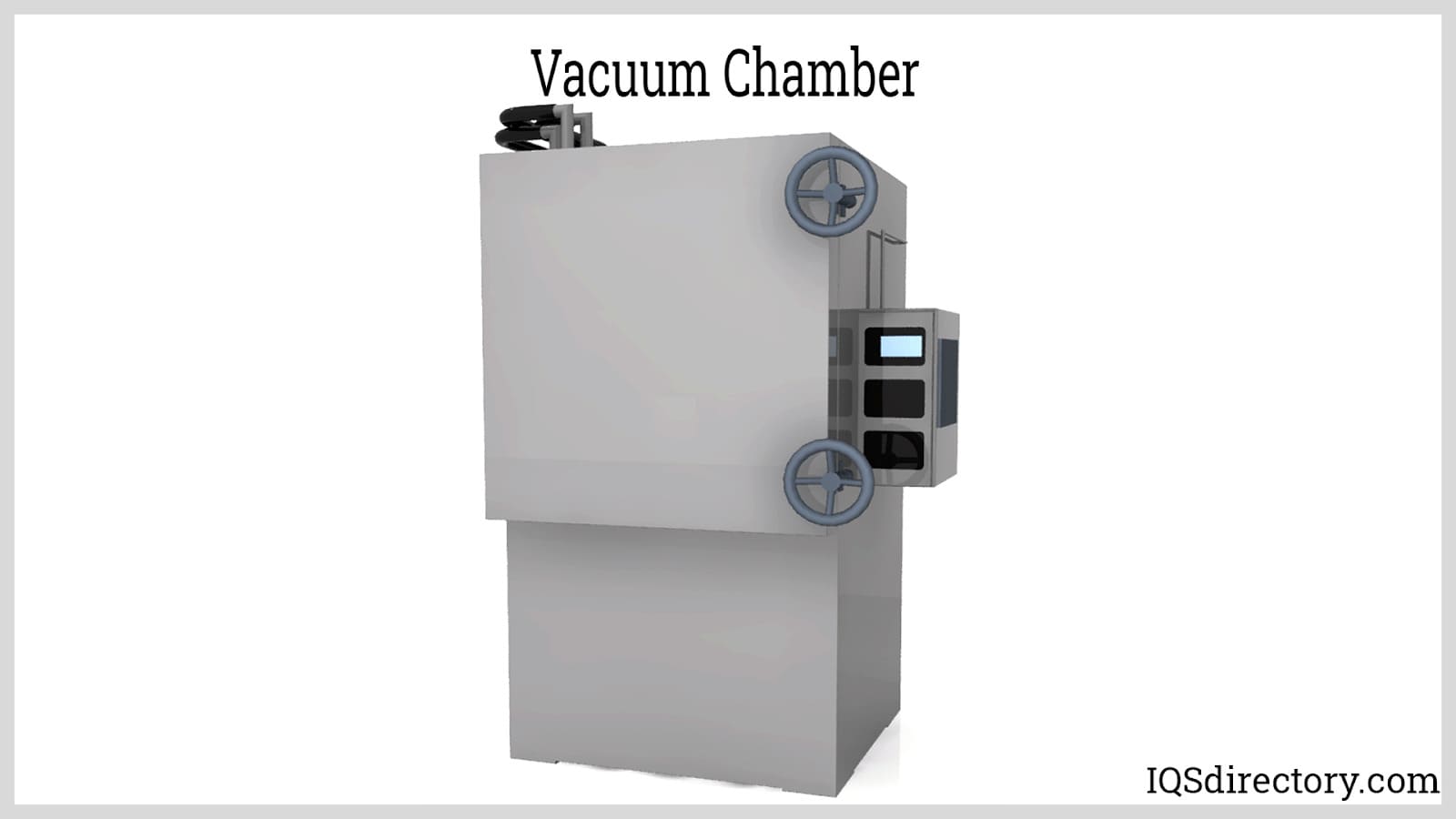
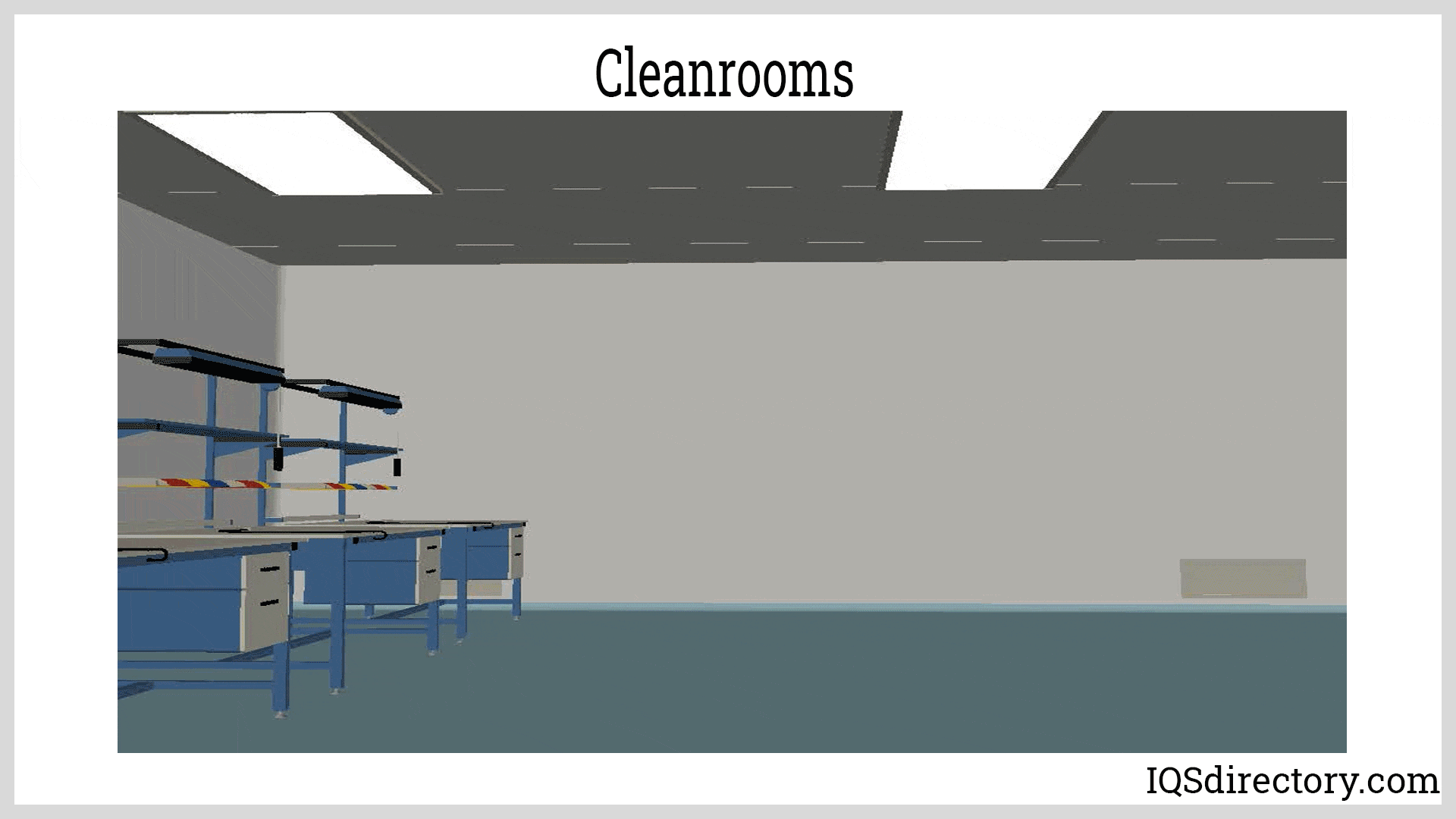
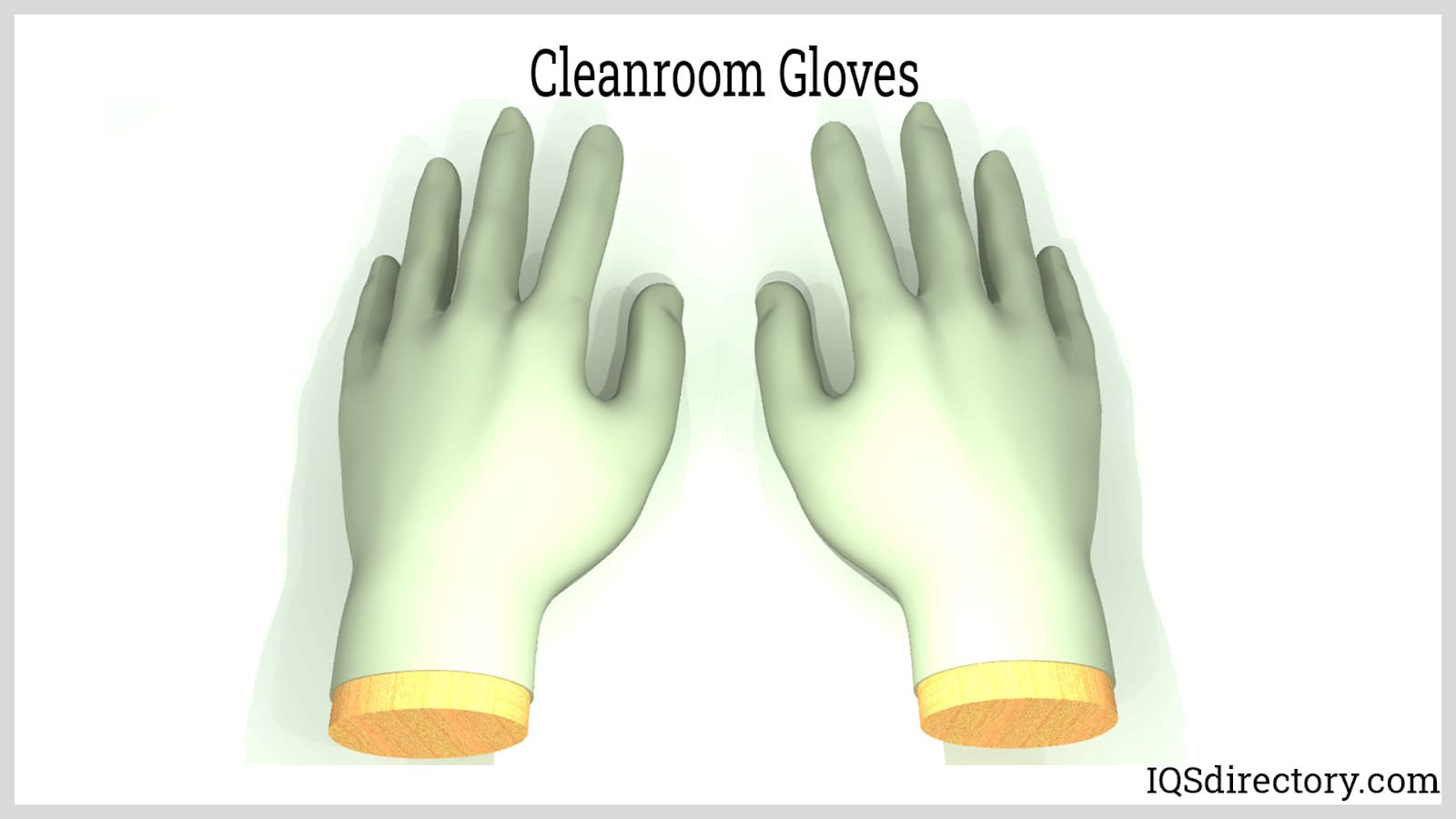
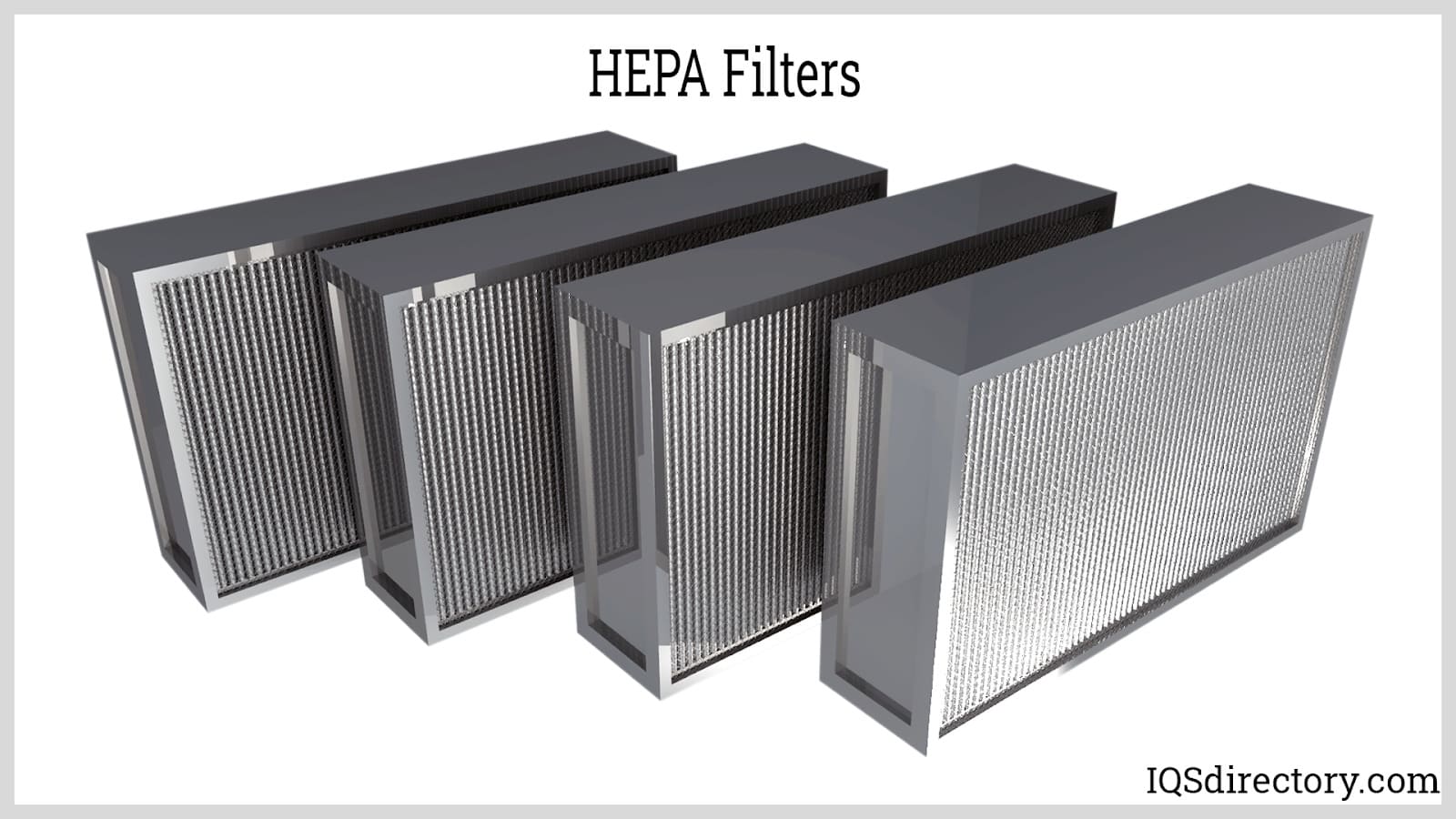
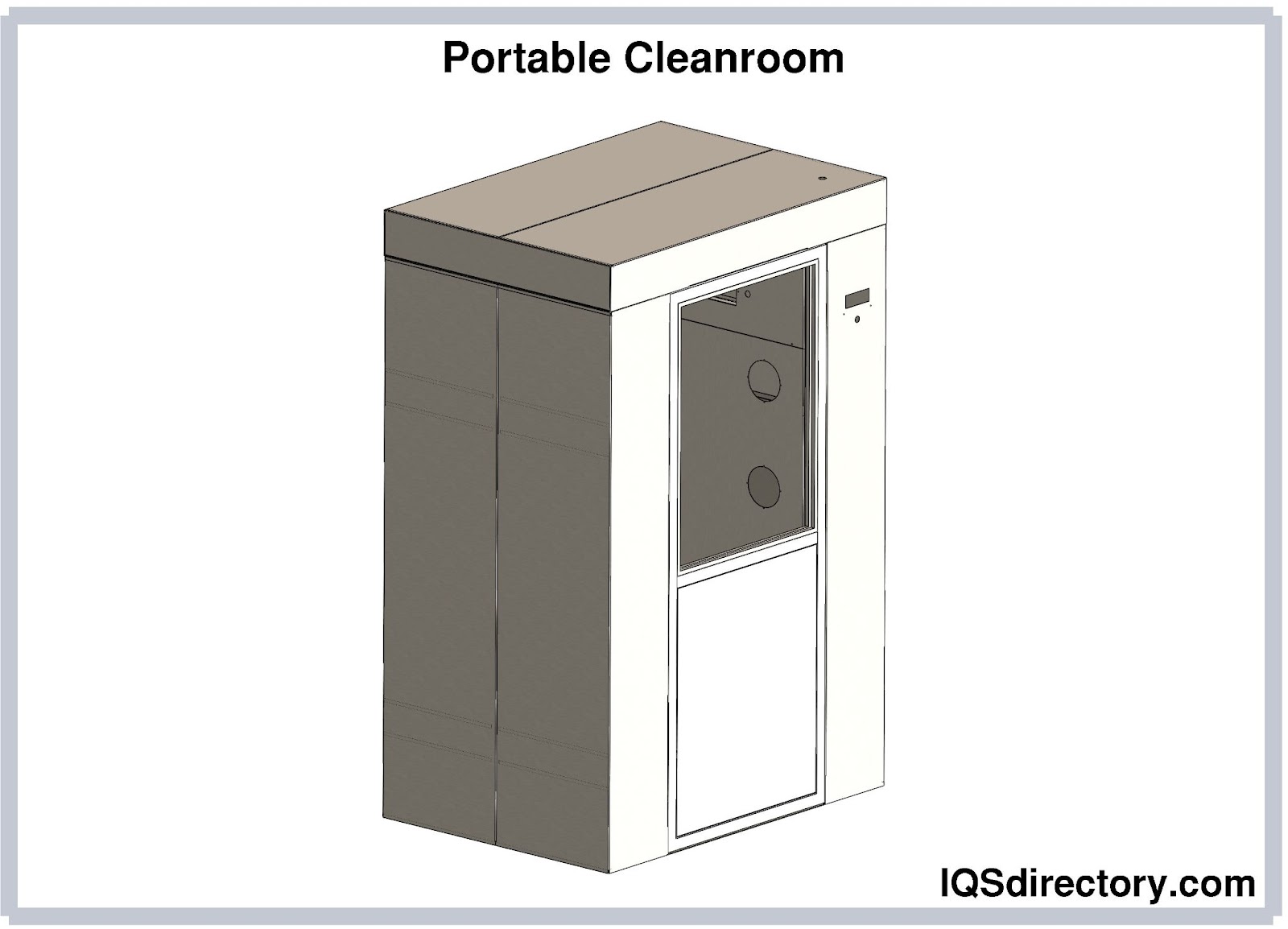
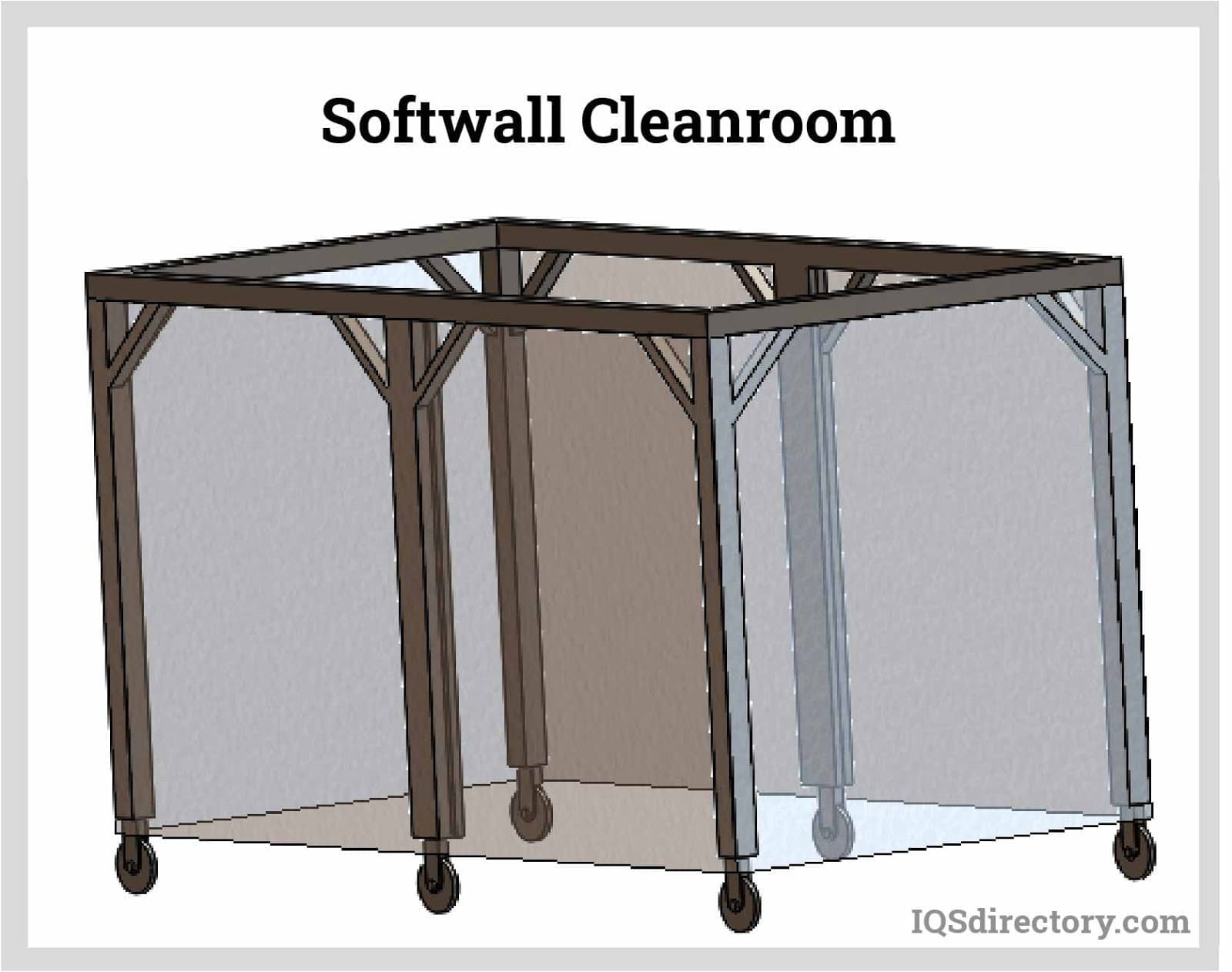
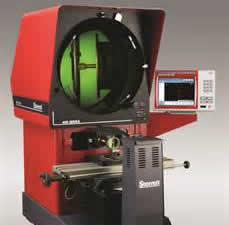 Calibration Services
Calibration Services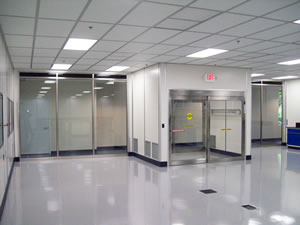 Clean Rooms
Clean Rooms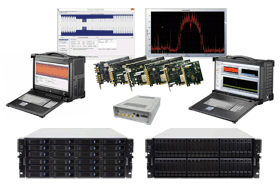 Data Acquisition Systems
Data Acquisition Systems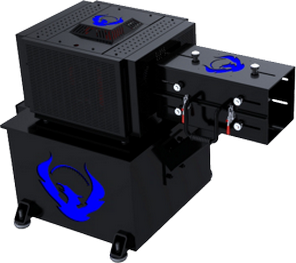 Dynamometers
Dynamometers Environmental Test Chamber
Environmental Test Chamber Leak Detectors
Leak Detectors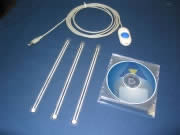 Load Cells
Load Cells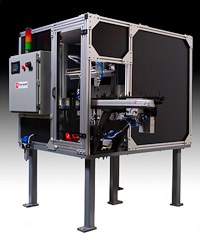 Machine Vision Systems
Machine Vision Systems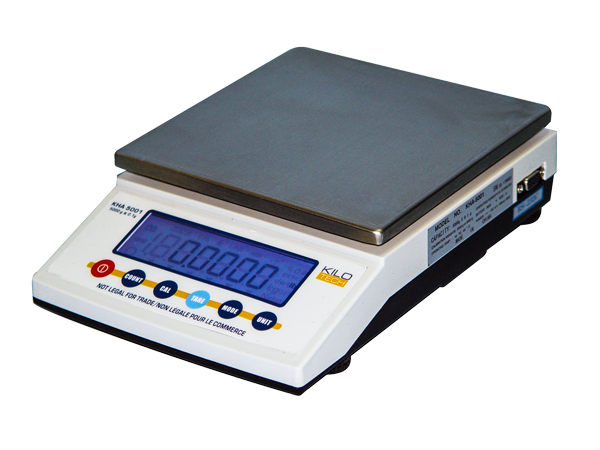 Scales
Scales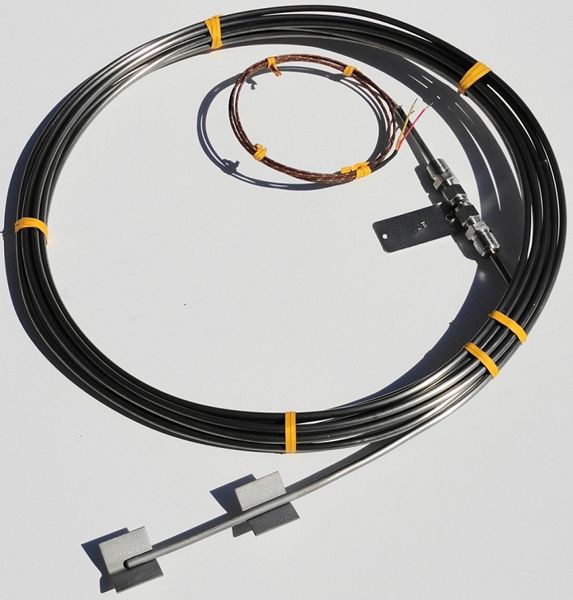 Thermocouples
Thermocouples Castings & Forgings
Castings & Forgings Bulk Material Handling
Bulk Material Handling Electrical & Electronic Components
Electrical & Electronic Components Flow Instrumentation
Flow Instrumentation Hardware
Hardware Material Handling Equipment
Material Handling Equipment Metal Cutting Services
Metal Cutting Services Metal Forming Services
Metal Forming Services Metal Suppliers
Metal Suppliers Motion Control Products
Motion Control Products Plant & Facility Equipment
Plant & Facility Equipment Plant & Facility Supplies
Plant & Facility Supplies Plastic Molding Processes
Plastic Molding Processes Pumps & Valves
Pumps & Valves Recycling Equipment
Recycling Equipment Rubber Products & Services
Rubber Products & Services